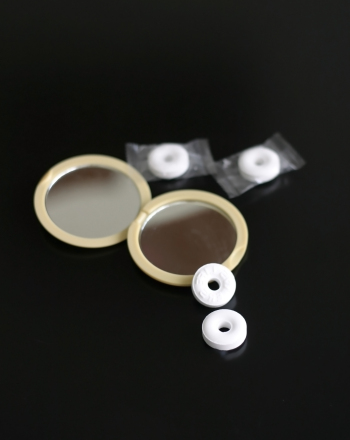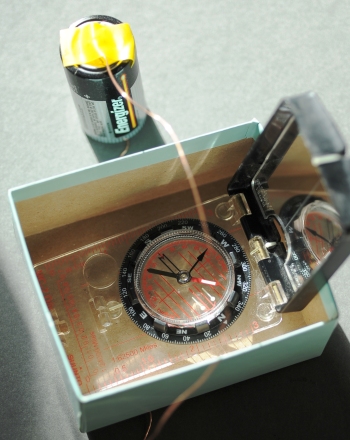Science project
Endothermic and Exothermic Reactions Experiment
Every chemical reaction that exists is one of two things: endothermic or exothermic. The Greek root therm means temperature or heat, which gives us a clue about all reactions: there is energy exchange! Endo means "within" while exo means "outside," so these types of reactions are opposite.
Endothermic reactions are those which absorb heat during the reaction. They take in more energy than they give off, which leaves the surroundings cooler than the starting point. Evaporation of water by sunlight is a great example. The sun and the liquid water combine and the water absorbs energy and eventually becomes as gas.
Exothermic reactions are exactly the opposite. While they take some energy to get going, called the activation energy of reaction, these reactions give off heat during the reaction. Good examples of exothermic reactions are explosions like fireworks or combustion in engines.
Problem:
Observe endothermic and exothermic reactions and determine which absorb or produce the most energy. Which reactions will be endothermic? Which reactions will be exothermic? Why?
Materials
- Clear glass or cup
- Water
- White vinegar
- Baking Soda
- Epsom Salts
- Hydrogen peroxide
- Steel wool
- Dry yeast
- Thermometer
Procedure
- The table below has a list of liquids to combine with solids. Pick a combination, and fill the glass or cup about half way with the liquid.
- Insert the thermometer in the liquid and record the temperature.
- Add a tablespoon of the dry material. Record your observations.
- Wait 2 minutes and record the final temperature of the solution. Why should you wait the same amount of time for each trial?
- Discard the solution and try another combination.
- For each trial, calculate the change in temperature of the reaction by subtracting the final value from the initial value.
Try any of these combinations:
|
Liquid |
Additive |
|
Water |
Epsom salt |
|
Water |
NoSalt salt alternative |
|
Vinegar |
Baking soda |
|
Vinegar |
Steel wool pad |
|
Hydrogen Peroxide |
Dry yeast |
|
Water |
Ice |
|
Acetone *do this one outside!* |
Half a Styrofoam packing peanut |
Results
Endothermic reactions: water and Epsom salt, water and NoSalt, water and ice
Exothermic reactions: vinegar and baking soda, vinegar and steel wool, hydrogen peroxide and dry yeast, acetone and Styrofoam
Graph your results! Make a bar for each reaction and draw a line from 0 to the temperature change. Be sure to label each line!
Why?
Energy can be a reactant or byproduct of any reaction. While all reactions require some amount of energy to get going, called the activation energy, whether the reaction is endothermic or exothermic depends on where energy fits into the equation. For example:
Endothermic reactions:
reactants + energy = products
And for Exothermic reactions:
reactants = products + energy
It is important to measure the time for each experiment because some may go on even longer than 2 minutes, or be done far before 2 minutes have passed. Taking the temperature measurements at the same time for each trial allows you to compare the combinations. Time is the control variable.
Education.com provides the Science Fair Project Ideas for informational purposes only. Education.com does not make any guarantee or representation regarding the Science Fair Project Ideas and is not responsible or liable for any loss or damage, directly or indirectly, caused by your use of such information. By accessing the Science Fair Project Ideas, you waive and renounce any claims against Education.com that arise thereof. In addition, your access to Education.com's website and Science Fair Project Ideas is covered by Education.com's Privacy Policy and site Terms of Use, which include limitations on Education.com's liability.
Warning is hereby given that not all Project Ideas are appropriate for all individuals or in all circumstances. Implementation of any Science Project Idea should be undertaken only in appropriate settings and with appropriate parental or other supervision. Reading and following the safety precautions of all materials used in a project is the sole responsibility of each individual. For further information, consult your state's handbook of Science Safety.












